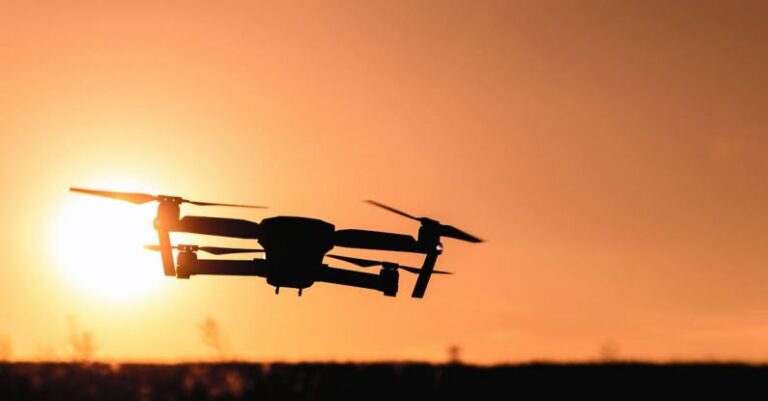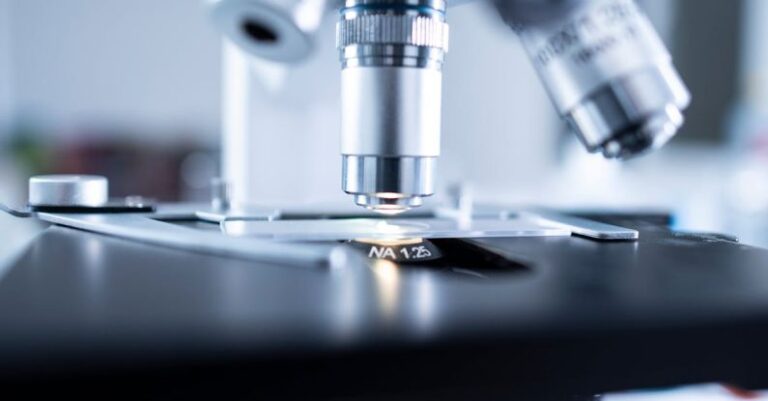
Artificial Intelligence (AI) has become an integral part of our daily lives, revolutionizing industries and enhancing various aspects of technology. One of the most fascinating aspects of AI is its ability to learn and adapt. But how exactly does artificial intelligence learn? Let’s delve into the mechanisms behind this incredible process.
#### Mimicking Human Learning
AI learning is often likened to the way humans learn. Just as we acquire knowledge through experience and practice, artificial intelligence utilizes algorithms to process data and improve its performance over time. This process is known as machine learning, a subset of AI that focuses on developing algorithms that enable machines to learn from and make predictions or decisions based on data.
#### Data Collection and Processing
At the core of how AI learns is data. Massive amounts of data are fed into AI systems, enabling them to recognize patterns, make correlations, and ultimately, learn from the information provided. This data can come in various forms, including images, text, or numerical values. Through sophisticated algorithms, AI can sift through this data to identify trends and relationships that are not immediately apparent to human observers.
#### Training and Feedback Loops
To teach AI models how to perform specific tasks, they undergo a training process. During this training phase, the AI system is exposed to labeled data, where the correct outcomes are provided. By comparing its predictions with the actual results, the AI system can adjust its algorithms to minimize errors and improve accuracy. This iterative process is crucial in refining the AI’s capabilities and enhancing its performance over time.
#### Neural Networks and Deep Learning
Deep learning, a subset of machine learning, has gained prominence in recent years for its ability to mimic the human brain’s neural networks. In deep learning models, artificial neural networks are structured in layers, with each layer processing specific features of the data. Through multiple layers of interconnected neurons, deep learning models can extract intricate patterns and make complex decisions, similar to how our brains process information.
#### Reinforcement Learning
Another method through which AI learns is reinforcement learning. This technique involves training AI agents to make decisions by rewarding desirable behaviors and penalizing undesirable ones. By providing a system with feedback in the form of rewards or punishments, reinforcement learning enables AI to optimize its actions and learn through trial and error. This approach is particularly effective in scenarios where the correct decision may not be immediately apparent.
#### Transfer Learning
Transfer learning is a strategy that allows AI models to leverage knowledge gained from one task to improve performance on another. Instead of starting from scratch for each new task, transfer learning enables AI to transfer learned features or representations to accelerate learning in related domains. This approach not only speeds up the learning process but also enhances the adaptability of AI models to different tasks and environments.
#### Continuous Learning and Adaptation
One of the key strengths of AI is its ability to continuously learn and adapt to new information. Unlike traditional software programs that remain static once developed, AI systems can evolve and improve over time. By continuously updating their algorithms based on new data and feedback, AI models can stay relevant and effective in dynamic environments.
#### The Future of AI Learning
As AI technology advances, the mechanisms through which artificial intelligence learns will continue to evolve. Researchers are exploring innovative approaches, such as unsupervised learning and meta-learning, to enhance AI’s capabilities further. By unlocking new methods for AI to acquire knowledge and improve its performance, we are shaping a future where artificial intelligence plays an even more significant role in transforming industries and driving innovation.
In conclusion, the process of how artificial intelligence learns is a fascinating blend of data processing, algorithmic refinement, and mimicking human cognitive functions. Through machine learning, deep learning, reinforcement learning, and transfer learning, AI systems can acquire knowledge, make decisions, and adapt to changing circumstances. As we continue to push the boundaries of AI technology, the possibilities for how artificial intelligence learns are limitless, paving the way for a future where intelligent machines can revolutionize our world in ways we have yet to imagine.





